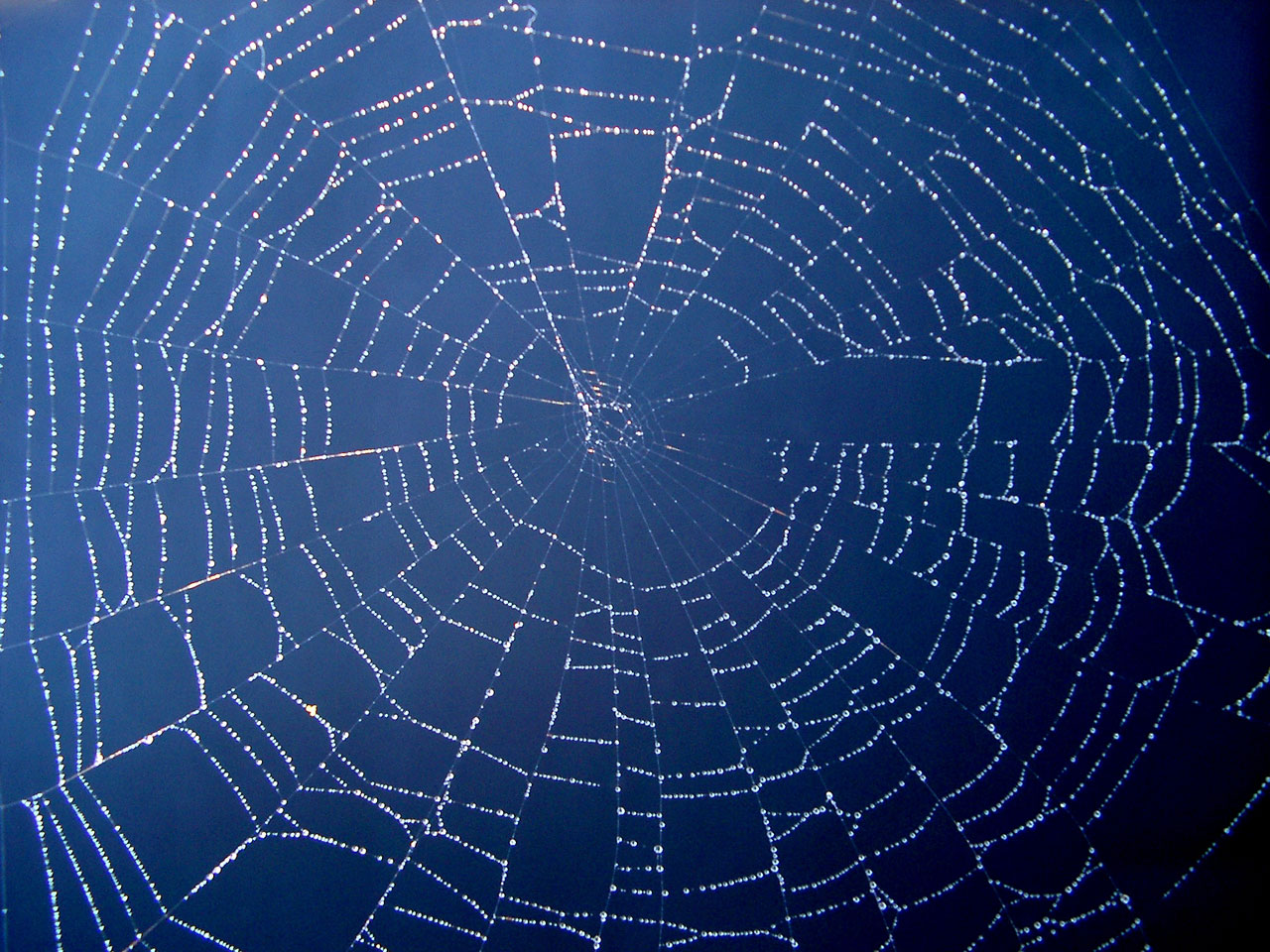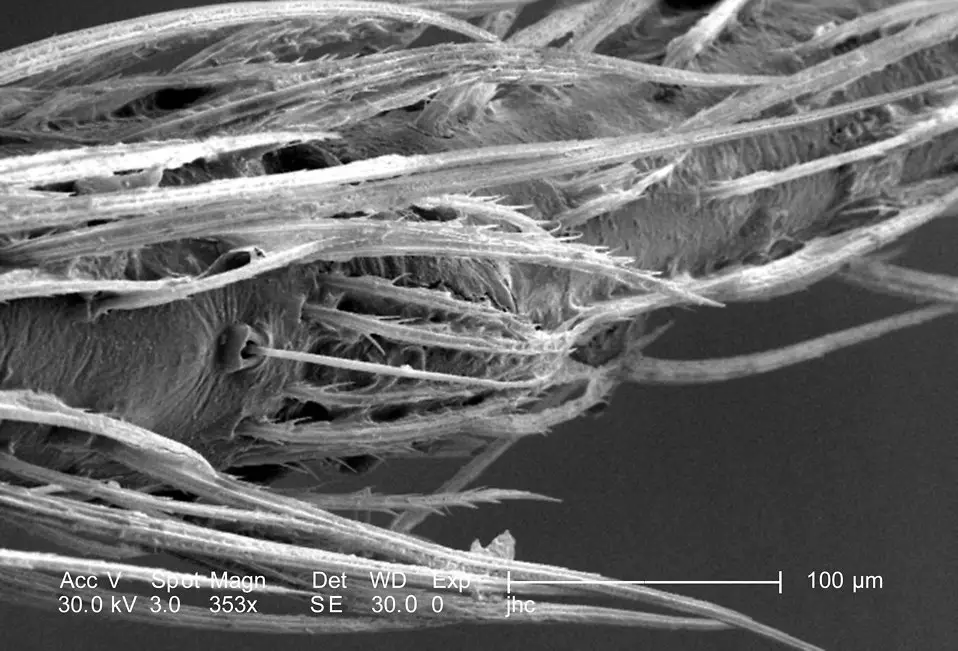Spider Web Under the Microscope
Requirements, Procedure, Observation
The ability to spin silk is one of the things that distinguish spiders (and a few other insects) from the other animals in the animal kingdom. Spider webs are made up of chains of amino acids, which is dissolved in to a water based solution before being released into the air and stretched. It is this string fiber that spiders use to make their webs.
** Fun fact - spider silk is five times stronger than steel of similar diameter
Although observing a spider web under the microscope is not
complicated, it's important to note that the web is delicate and should be handled
with care for the best possible results.
Requirements
- Slide mounting fluid/ or clear nail polish
- Microscopic slides
- Microscopic cover slips
- Dry spider web
- Microscope
Procedure
- Find a dry spider web
- Make a thin layer of nail polish at the center of the slide (about the size of the cover slip)
- Allow the layer to dry for about one minute
- Holding the slide firmly, touch the slide on to the central part (thickest part) of the spider web to obtain some spider web (you can hold the slide using the index finder and the thumb on either ends of the slide). It is important to avoid spiders you are not familiar with and avoid harming or killing the spider
- Remove any excess spider web
- Cover the slide using a cover slip, pressing it down gently
- Place the slide on the microscope for observation
** If nail polish is not available, then a slide mounting fluid may be used to attach the spider web on to the slide
Observation
Under the microscope, the student will be able to observe many, shiny (silver like threads) thread-like structures of the web/silk. On the other hand, an electron microscope will show the silk to be a thicker strand, some of which may be single, double or multi-stranded held together.
Spider silk serves a number of purposes for different types of spiders, including among others;
- Hiding,
- To catch prey,
- Transport
- Construction of cocoons
Although students will be able to see long, smooth strands of the spider web under the microscope, it may be interesting to note that some strands of spider are coated with other substances to make the web more sticky or waterproof, and the fiber material may vary in consistency depending on the spider.
Conclusion
This is an easy and fun experiment that will allow the student to observe a spider web closely. Silk produced by spiders has captured the attention of scientists, who are still fascinated by its elasticity and strength and continue to study it more closely.
This should therefore be an important starting point to
learn more about spider produced silk. However, students should avoid any spiders
they are not familiar with.
Check out Hair under the Microscope as well as Yogurt too!
Return to Beginner Microscope Experiments Main Page
Return to MicroscopeMaster Home
Find out how to advertise on MicroscopeMaster!






